A simple way to restore the health of Li-Ion batteries from portable devices
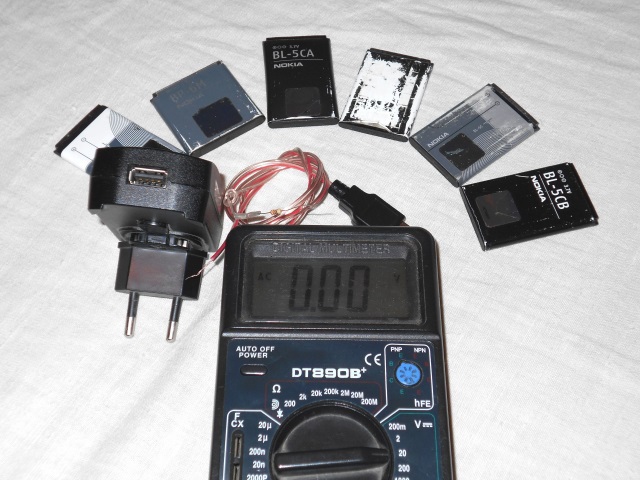
Hi to all users of the Habr, today I will talk about how, by a rather simple method, I restore non-working Li-Ion batteries from portable devices before I got such a wonderful device like Imax B6. With this method, I restored the performance to probably three dozen batteries from different gadgets, from cameras to MP3 players, but I notice that I just restored my working capacity, I won’t be able to return the capacity in this way, and I personally haven’t seen any ways to return the capacity for this type of battery . By the way, the capacity that remains in the battery depends very much on how much the battery has spent in such a "clinical death."
I must say right away that this method does not claim to be something of the category “Wow, this is something new”, but, nevertheless, not everyone knows about it. The essence of this method is to “push” the battery.
Here is a video of the whole process:
(the information below will duplicate the information provided in the video)
In order to try to bring the battery back to life, we need:
- A power supply unit that produces a constant voltage of 5 to 12 Volts;
- A resistor with a nominal value of 330 to 1000 Ohms, designed for a power of 0.5 W, but it would be nice for more powerful;
- Voltmeter in order to control the voltage (optional).
As a rule, most power supplies from Wi-Fi routers, switches and modems come with a 2.5 mm connector, such as the one in the photo:
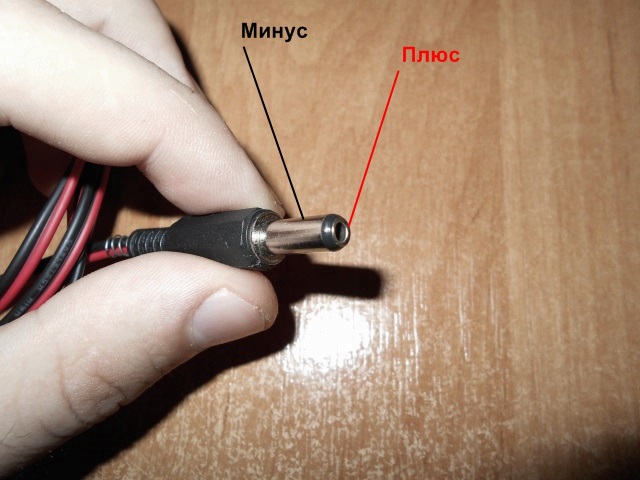
Almost always, the central contact of the connector has a plus, and the minus side, and also, as a rule, the polarity is depicted on the case itself power supply:
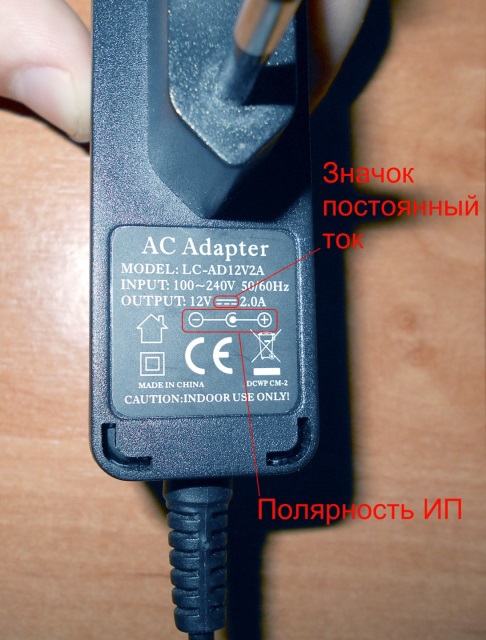
As you can see in the photo, my unit produces a constant voltage of 12 V, an icon in the middle between 12V and 2.0A testifies to this.
The current of the power supply unit must be higher than 0.1 A. We
disconnect the power supply unit from the mains in order to prevent short circuits that could damage the unit, we connect it as shown in the figure, namely, plus 12 V to one end of the resistor, and the second end of the resistor to the plus of the battery (as a rule, the battery has the indicated polarity, if not, you need to somehow find out where is the plus and where is the minus), the minus of the power supply is connected to the minus of the idle battery.
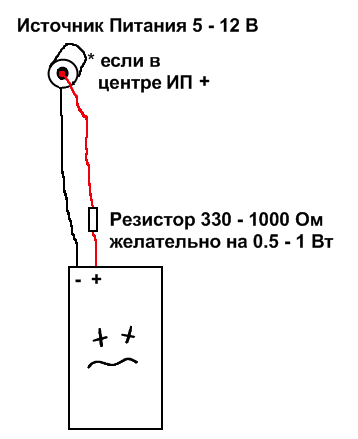
We look at the voltage, if there is such an opportunity, it should begin to slowly grow, as soon as it rises to 3.3 V, then we charge by the device itself from which the battery,After this, you must always monitor the temperature of the battery throughout the entire charging process, try to see if it starts to get warm, if the battery starts to be more than warm or hot, immediately remove the battery from the device, it can no longer be restored.
If there is no way to watch the voltage, then we do such a charge for a minute or two, and insert it into our device to see if it accepts the battery or not.
Let's calculate the battery charging current according to Ohm's Law (I = U / R) for the case with a 12 V power supply:
12 V / 330 Ohms = 0.036 A (36 mA), that is, the charge current will be 36 mA or if we take a resistor of 1 Kilohm then there will be 12 V / 1000 Ohms = 0.012A (12 mA).
That is, at 12 V of the power supply, the charging current will be 36 mA, this is if you use a 330 Ohm resistor, and if you take a 1 KΩ resistor, the charging current will be 12 mA.
For the case with a 5-volt power supply (usually it’s charging for smartphones):
5 V / 330 Ohms = 0.015 A (15 mA), that is, the charge current will be 15 mA or if you take a resistor of 1 KOhm then it will be 12 V / 1000 Ohms = 0.005A (5 mA).
As you can see in this case, the charging current, and, accordingly, the growth rate of the voltage on the battery will be lower, therefore, for the case with a 5 V power supply, you can take a resistor from 100 Ohms, 5 V / 100 Ohms = 0.050 A (50 mA).
I do not advise abusing charging currents (50 mA is more than enough to “push” the battery) and overstating the voltage above 4.2 V, there is enough video on the network with the ignition of lithium batteries, for example, here:
So the whole process of restoring the battery should be carried out only under supervision. The main thing for us is to bring the battery out of the state in which the controller inside the battery disconnects the battery from the load.
Why does it work?
The fact is that in batteries from many portable devices there is a controller that monitors the voltage on the battery, if you do not use the battery or if it is in a discharged state for a long time, the controller disconnects the circuit breaker, which connects the battery from the contact pads to which it is connected device.
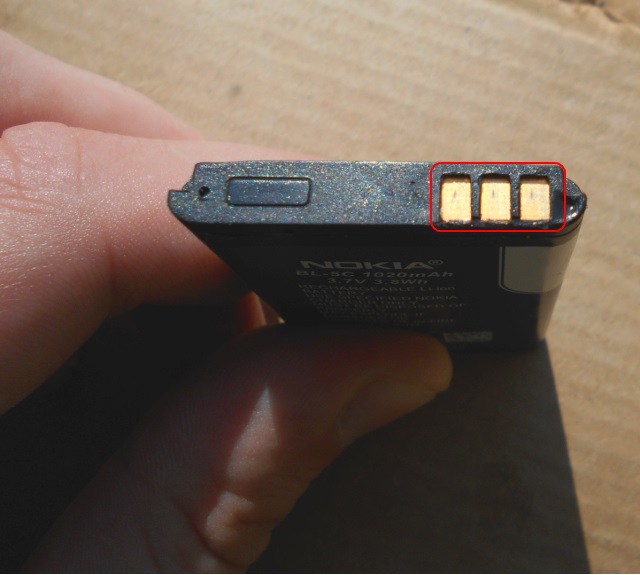
This is done either to protect the device, or in order for the consumer to buy new products after a while.
All my publications .
PS There is another way that I used for a long time, instead of a resistor, take a computer fan of 80x80 mm, though the minimum voltage in this case will be from 8 V and maximum 16 V, but the method with a resistor is simpler, and not everyone has a fan.
PPS As people say in the comments, the risk of fire of a reconditioned battery increases, especially at the time of the first charge, once again I focus on this, monitor the temperature on the battery during the first charge.
PPPS I do not recommend restoring very old batteries that have been lying in a dead state for more than half a year, as they will have a higher risk of fire.
